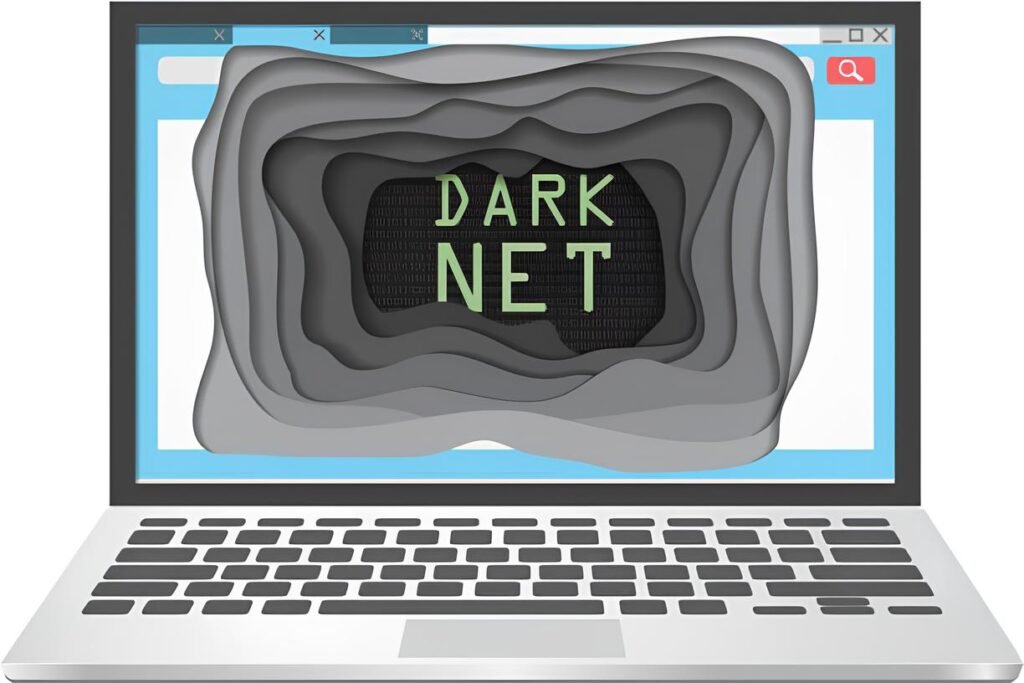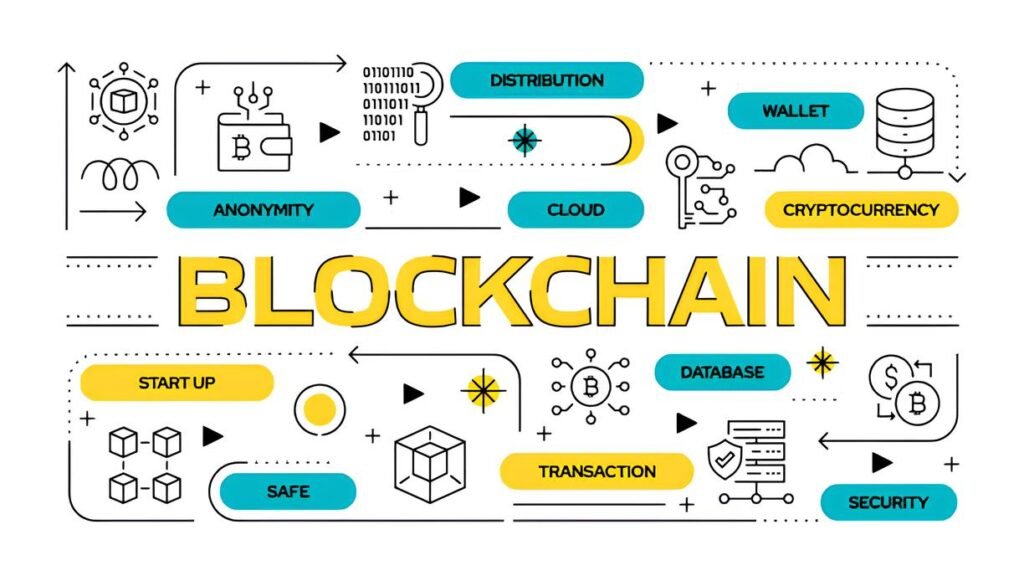Imagine investing time, money, and trust into a darknet privacy course—one promising the secrets to bulletproof anonymity, encrypted communication mastery, and advanced darknet navigation techniques. You embark on the journey only to realize it’s riddled with misinformation, security holes, or even outright scams. How can you tell if a darknet privacy course is the real deal or just a facade preying on newcomers eager for safety?
In the tangled labyrinth of darknet learning resources, the difference between a genuine, valuable course and a cleverly disguised fake can be subtle yet vital. Every misstep — from flawed teaching about encryption basics to overlooking core operational security practices — can put your anonymity and security at risk. Let’s walk through how to detect those fake privacy courses and how to protect yourself from falling victim to their misleading promises.
In This Article
- Why Authenticity Matters in Darknet Privacy Education
- Red Flags: Spotting a Fake Darknet Privacy Course
- Content Quality Checks: What Real Privacy Training Should Cover
- Instructor Credibility and Background
- Delivery and Technical Setup — Are They Walking Their Own Talk?
- User Feedback and Community Reviews
- Protect Yourself and Choose Smartly
Why Authenticity Matters in Darknet Privacy Education
On the surface, darknet privacy courses sound like invaluable resources. The darknet—accessed mostly through Tor and other anonymizing technologies—has a reputation filled with risks and rewards. Because it’s a domain where privacy is currency, the stakes for learning how to protect oneself are sky-high.
Fake courses don’t just waste your money or time. They can lead to dangerous privacy leaks, faulty operational security (OPSEC), or even set you up for social engineering attacks. Moreover, inaccurate teaching erodes trust in the privacy community and perpetuates misinformation that can be exploited by threat actors.
Choosing a reliable privacy course means you’re arming yourself with tools and knowledge that respect the complexity of darknet safety, including:
- Understanding encryption beyond buzzwords
- Mastering anonymous communication
- Learning how to avoid behavioral and metadata leaks
- Practical threat modeling and compartmentalization
In a space where a single slip can expose your identity, authenticity in education is non-negotiable.
Red Flags: Spotting a Fake Darknet Privacy Course
Fake darknet privacy courses often share telltale signs that can help you identify them before committing. Watch out for these warning flags:
- Overpromising “Unbreakable Security”: No security system is 100%. Any course claiming infallibility should be treated skeptically.
- Vague or Superficial Content: A lack of in-depth explanations around encryption protocols, Tor architecture, or OPSEC habits indicates poor quality.
- Ignoring Metadata and Behavioral Risks: Courses that focus only on IP masking without mentioning timing attacks, typing patterns, or metadata leaks are incomplete at best.
- Unverified Instructors: If the course doesn’t clearly present instructor credentials or doesn’t belong to a trusted community, it’s a concern.
- High-Pressure Sales Tactics: Urgency to buy, promises of limited spots, or rare “insider” access are often tricks to rush your decision.
- Lack of Transparent Syllabus: Genuine courses usually provide clear overviews of what’s taught—fake ones tend to be vague.
- Exclusive Access to Hidden Fees or Tools: If they push expensive “privacy software bundles” without transparency, it’s a red flag.
Be suspicious of courses that do not openly discuss limitations or openly share funding sources and affiliations. Transparency is a cornerstone of genuine privacy education.
Content Quality Checks: What Real Privacy Training Should Cover
Authentic darknet privacy courses dive deep into the technical and human factors that underpin anonymity. Here’s what a trustworthy curriculum typically includes:
- Core Concepts of Tor and Onion Routing: How Tor works, relay nodes, guard nodes, and the difference between v2 and v3 .onion services.
- In-Depth OPSEC Training: Layered pseudonym creation, behavior pattern avoidance, and operational compartmentalization to prevent cross-contamination of identities.
- Cryptography Fundamentals: Practical knowledge on generating and verifying PGP keys, understanding symmetric vs. asymmetric encryption, and effective use of cryptographic signatures.
- Metadata Risks and Countermeasures: Addressing timing attacks, fingerprinting vectors, and browser fingerprint randomization.
- Secure Communication Workflows: Usage of encrypted chat apps, self-hosted email methods, and ephemeral messaging over Tor or other privacy networks.
- Safe Cryptocurrency Practices: Focus on privacy-focused coins like Monero, secure wallet creation, and avoiding blockchain forensic tracking.
- Device and Software Hygiene: Guidance on using stateless operating systems, sandboxing, and recognizing hardware telemetry risks.
- Threat Modeling Scenarios: Practical exercises simulating deanonymization and social engineering tactics common in darknet settings.
Missing even one of these topics could signal the course lacks depth. For example, if “metadata” and “timing attacks” are not mentioned, that’s a glaring omission that undermines privacy fundamentals. This is why many beginners fall into traps despite using tools like Tor or VPNs.
Instructor Credibility and Background
Who’s behind the course matters just as much as the content. Real instructors often come from a background of active privacy advocacy, have published open-source tools, or contribute to relevant communities.
Look for verifiable credentials like:
- Contributions to well-known privacy projects (e.g., Tor Project, Whonix, Tails)
- Public talks or articles on darknet security and anonymity
- Recognized pseudonymous profiles with reputations in security forums or GitHub
- Partnerships with nonprofits, privacy foundations, or security research organizations
Beware instructors with unverifiable claims or ex-employees from supposed “government” or “security agencies” boasting secret knowledge without proof. While some privacy experts must use pseudonyms, transparent community acknowledgment is essential.
Experienced privacy educators often share supplemental free materials and tools before asking for payment, allowing you to gauge their expertise upfront.
Delivery and Technical Setup — Are They Walking Their Own Talk?
How a course is delivered can be just as revealing as what it teaches.
Ask yourself:
- Is it hosted on central, traceable platforms with poor privacy controls or via encrypted, anonymous channels?
- Do instructors themselves use anonymized usernames and communicate through privacy-respecting methods?
- Are downloads properly signed with verified PGP keys to assure authenticity?
- Is the course accompanied by practical guides to configure secure Tor environments or tools like PGP verification?
Courses claiming to teach OPSEC but requiring you to provide real personal data, use your regular email, or share tracked payment methods contradict their intended privacy goals.
User Feedback and Community Reviews
One of the strongest indicators of a course’s legitimacy comes from community discourse.
The darknet and privacy communities are famously cautious—and outspoken. Before enrolling, search for:
- Reviews on privacy forums and dedicated darknet education groups
- Comments on reputable privacy blogs and social channels
- Warnings about honeypots or scams associated with the course name or provider
- Mentions of the instructors’ other contributions or online footprint
Sometimes, even negative reviews hold valuable lessons. A few honest critiques about inaccessible resources or minor content gaps are normal. But a flood of reports warning about leaks or scams should raise alarms.
Look for third-party validations like endorsements from privacy nonprofits or references in trusted darknet security guides to verify authenticity.
Protect Yourself and Choose Smartly
Don’t fall prey to slick marketing or “too good to be true” offers. Instead, empower your decision-making with these practical steps:
- Research before purchase: Cross-check course materials, instructor bios, and sample content.
- Leverage free or open-source resources: Many privacy experts publish excellent guides for free online; they form a solid foundation.
- Test technical claims: Validate any recommended tools or methods in your own controlled environment before trusting them fully.
- Use privacy-preserving payment methods: Avoid linking real-world identities to course payments whenever possible.
- Focus on community integration: Genuine learning often comes from active participation in privacy circles, not just passive content consumption.
If you want to deepen your technical expertise further, consider pairing courses with focused tutorials like how to verify PGP keys without revealing yourself or hands-on lessons on threat modeling from related privacy guides.
Conclusion: Navigating Privacy Education with Care
The darknet’s promise of anonymity is matched only by its risks—misinformation, scams, and security pitfalls lurk just beneath the surface. Detecting a fake darknet privacy course is not just about outsmarting shady vendors; it’s about safeguarding your digital life in an era where a single slip can mean losing your privacy forever.
Stay curious, question bold claims, and prioritize transparent, community-backed knowledge. After all, the true power of privacy education lies not in secret formulas, but in building trusted, verifiable skills that can adapt alongside evolving threats.



